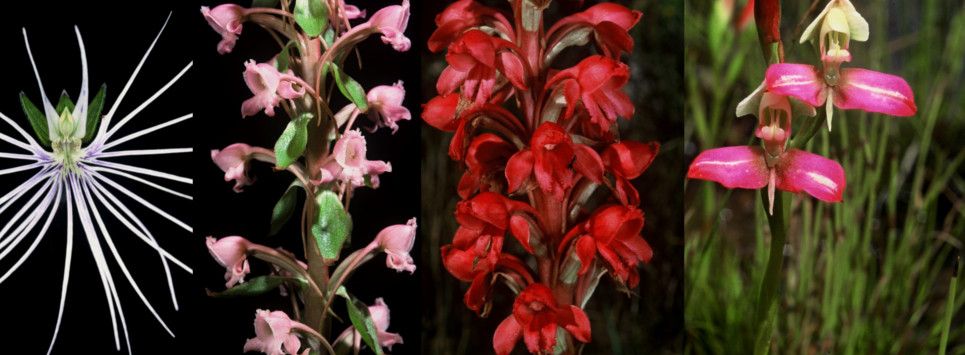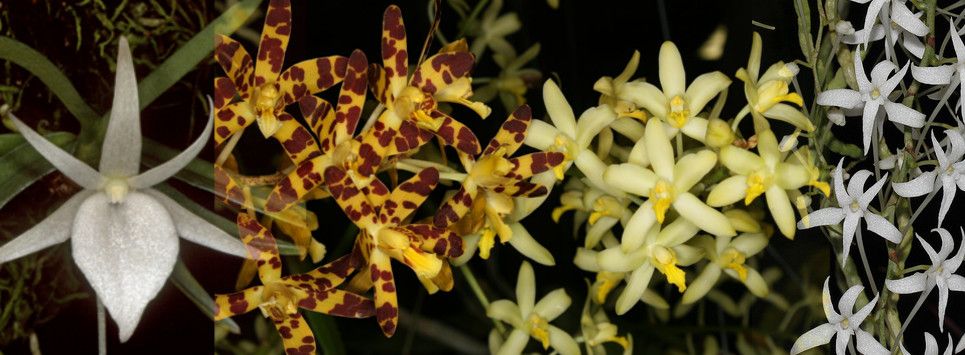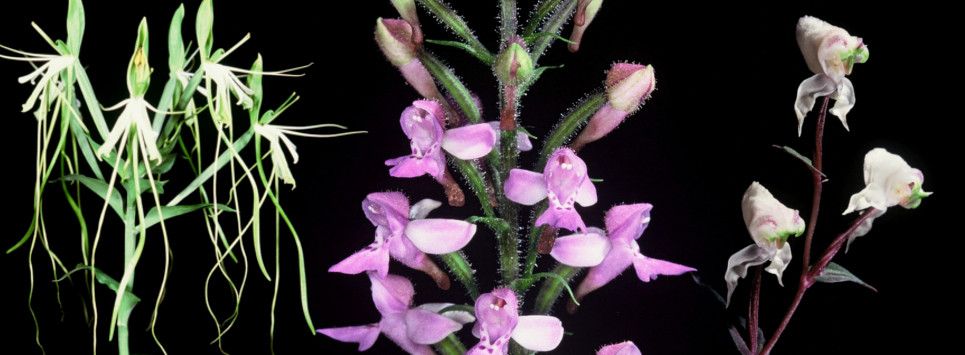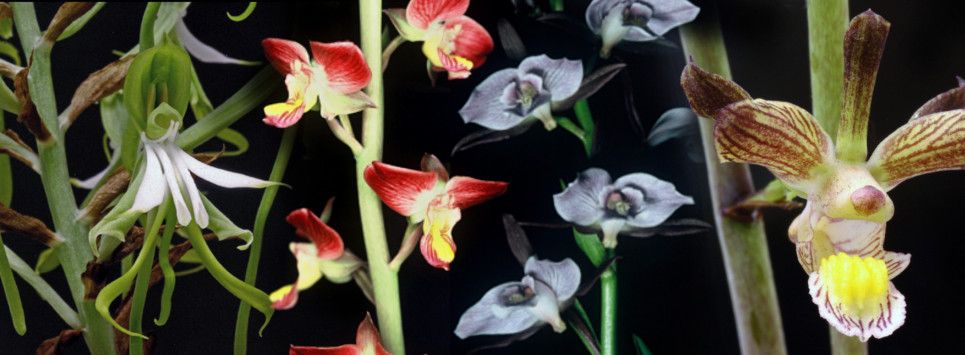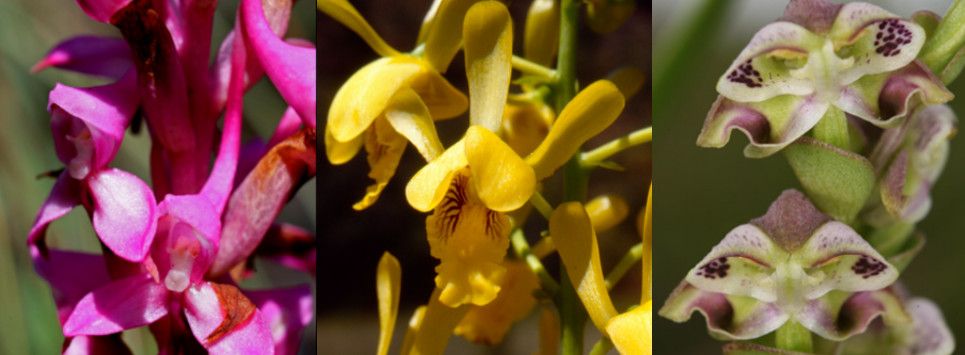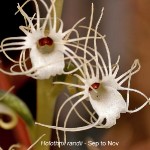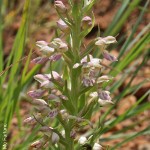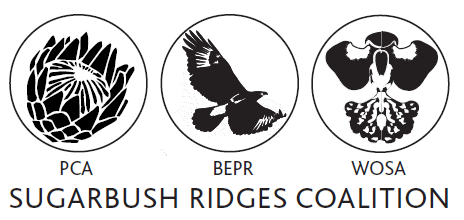Three Rare and Endangered Orchid Species from Gauteng
This article will feature 3 of the more rare species growing in our area, being the Holothrix randii, with it's distinct spidery appearance, Brachycorythis ovata (4 species from this genus have been recorded historically in Gauteng) and Eulophia cooperi, which is endemic to Gauteng and in to south western Mpumulanga. As with all orchids in Gauteng, these 3 species are terrestrial orchids (grow in the ground).
Holothrix randii
The plant reaches a maximum height of between 240 and 350 mm. The flowers have green sepals and have a basal deep maroon blotch. The petals and lip are white.
Brachycorythis ovata
This species can grow up to 600 mm tall and is characterised by the leaves, which form bracts below the flowers. The inflorescence is densely packed with about 60 flowers
Eulophia cooperi
This species is dormant in winter and flowers after the first rains in spring. The inflorescence is fairly robust and can reach a height of 370 mm. The sepals are a pale yellow, suffused with green on the outside.
Credits and refrences
Article and photographs by Duncan Mc Farlane
Proof-read and edited by Karsten Wodrich

